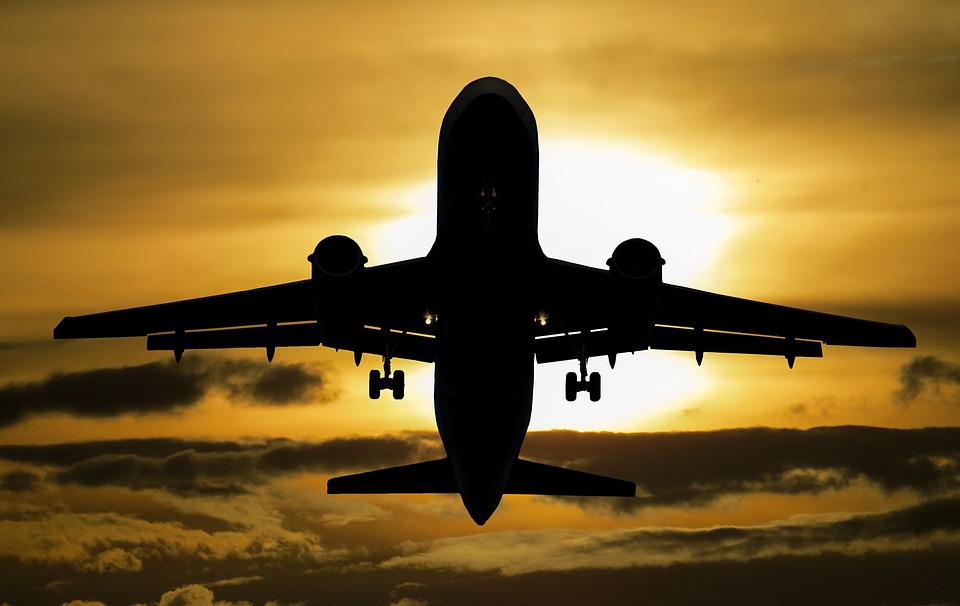Air travel is one of the biggest contributors to environmental damage. In 2020, just before Covid-19, more than four billion passengers had traveled by air; this is the highest number in the last 10 years. Air travel is the least sustainable mode of transportation, contributing to 2.4% of the global carbon footprint.
Even though 2.4% is a small fraction of global emissions compared to agriculture and electricity, these two sectors benefit a larger number of people compared to aviation.
From Amsterdam to New York, which is a distance of 11686 km, 1.77 tons of carbon is released into the atmosphere, which is equivalent to 866 10 minute showers or 2524 laundry washes. Can you imagine how harmful this is for the atmosphere?
Green Future
Covid-19 has seen the amount of carbon dioxide emissions significantly reduced due to various lockdowns, closed borders and travel restrictions around the world. The reduction of several hundred million tons of CO2 has motivated people to maintain this and find more environmentally friendly alternatives to traditional air travel.
We dream of a future where air travel will be considered green, just as electric cars are a thing now, will electric planes be available soon or will it remain a dream?
Why It May Remain A Dream?
In order to know how to reduce carbon dioxide emissions, we should know how much carbon dioxide each airline emits so that we can have tailored solutions. The bad news is that it is almost impossible to accurately calculate the amount of carbon emitted by each airline. So, the problem is that there is no planning at this moment for green aviation, only ideas.
Compared to other industries that have already succeeded in becoming carbon-free, it is nearly impossible for aviation to become completely carbon-free. They will only be able to reduce CO2 emissions without eliminating them completely.
What Is Being Done?
Rolls-Royce, one of the world’s largest manufacturers of aircraft engines, firmly believes that fuel-efficient engines will be available in about 10 years. Airbus has teamed up with Siemens and Rolls-Royce to develop the E-Fan X demonstration aircraft, which is scheduled to fly next year.
Boeing is also joining the “green flying” movement, seeking to become a 100% sustainable airline by 2030. The company has already conducted several tests that have proven successful. If Boeing successfully switches to sustainability in 10 years, it would be a big leap for the aviation industry, and every other airline could do the same which will allow the reduction of carbon emissions by 80%.
The Future Of Aviation…

According to IATA, passenger traffic will double to 8.2 billion per year by 2037. It is therefore vital that solutions are found as quickly as possible. The EU wants to reduce carbon emissions by 75%, but carbon is not the only pollutant coming from aircraft, there are also nitrogen oxides that they are trying to reduce.
Biofuel is another potential solution that can help to partially solve the problem. Biofuels have been around since early 2011, and have been used on over 200,000 flights, which pales in comparison to the 100,000+ that take off every day. However, this alternative has been shown to reduce carbon emissions by about 30%, which is encouraging news and a step in the right direction. There are research that are still being conducted to be able to get a green solution quickly.
The aviation industry is hoping for a silver bullet to make it easier to get environmental organizations off their back. This is not proving to be very easy, but some strides are being made, as we’ve just discovered… Do you think it will be possible to have greener airlines in the next few years? Let us know in the comments…

